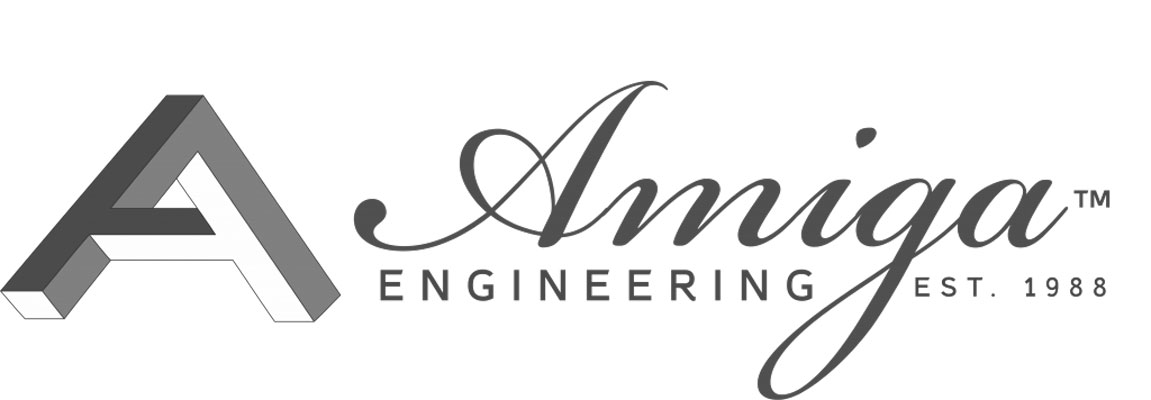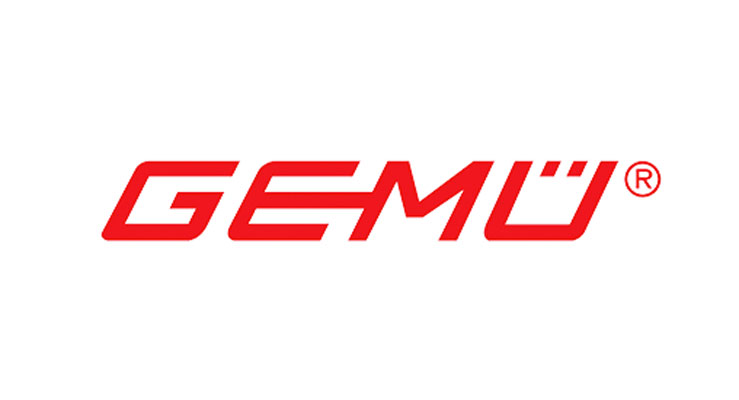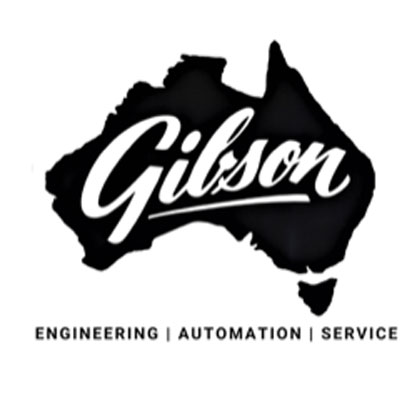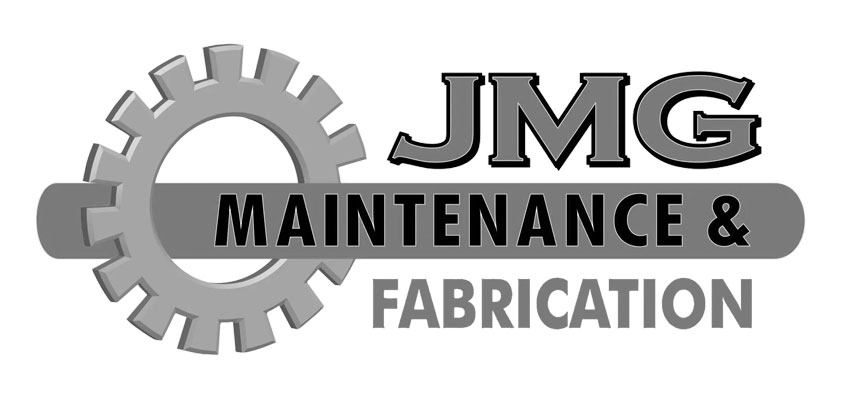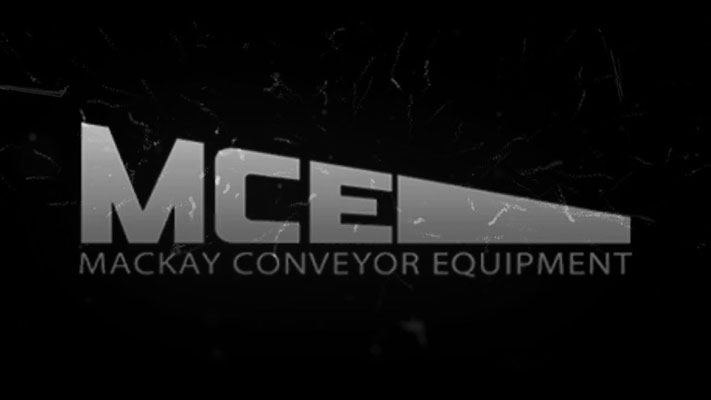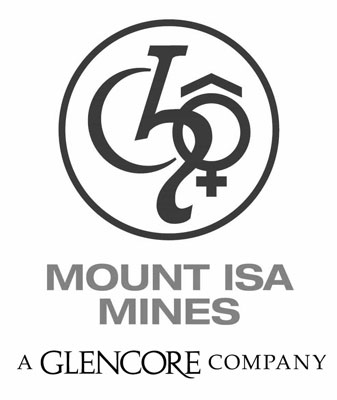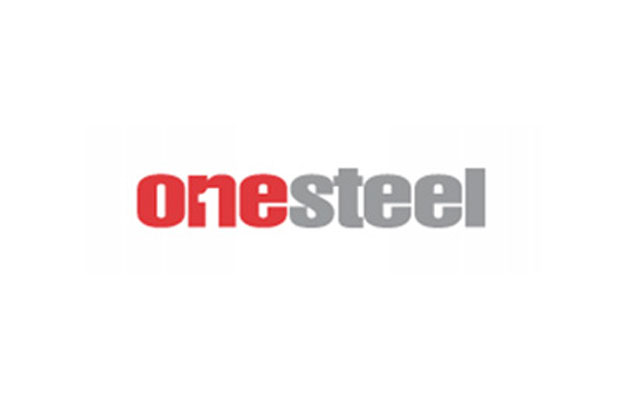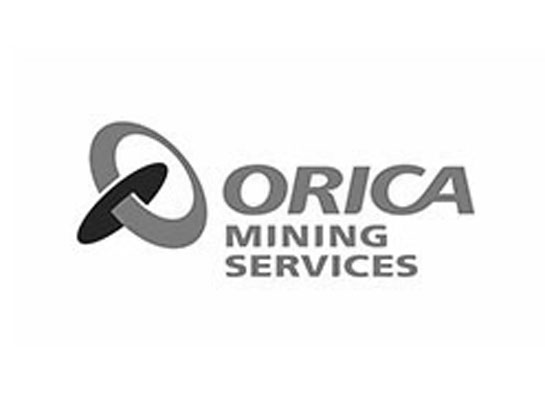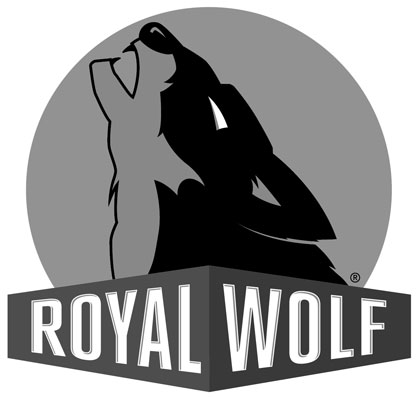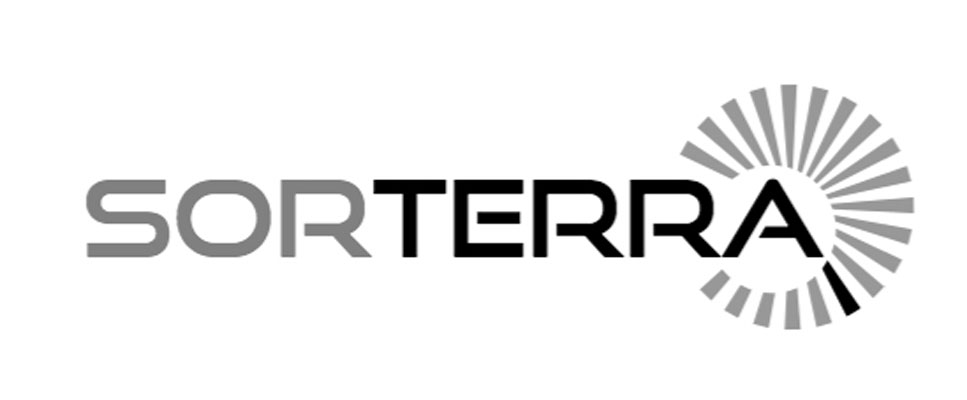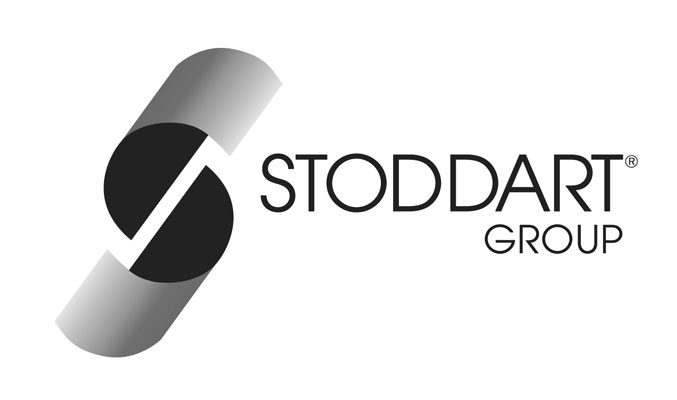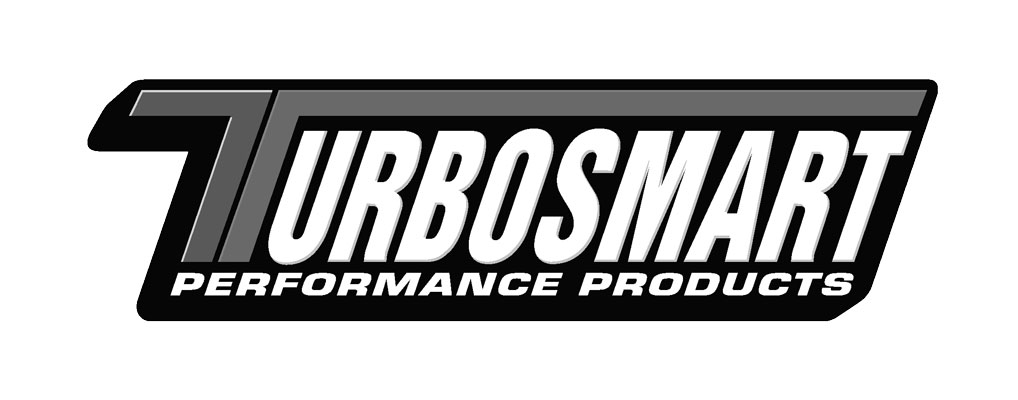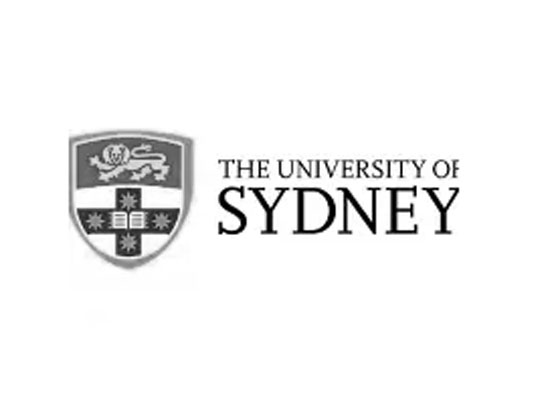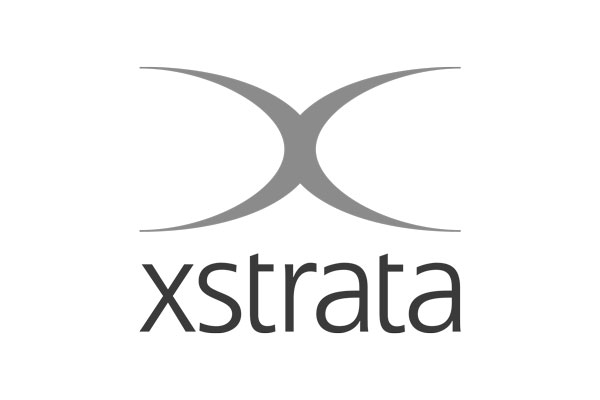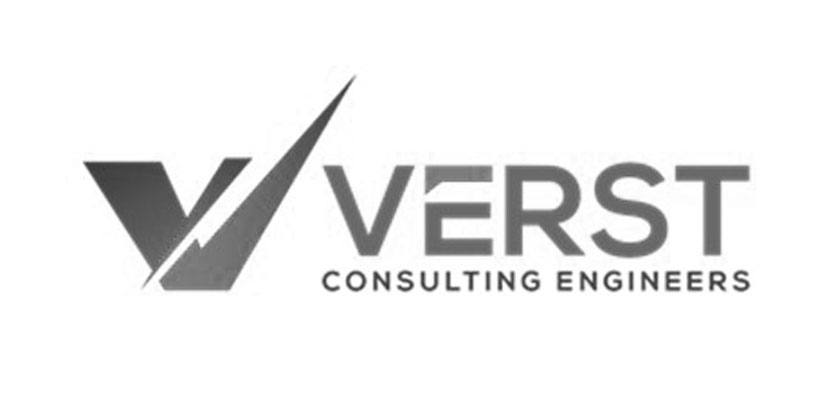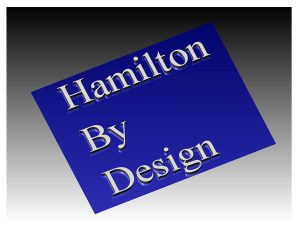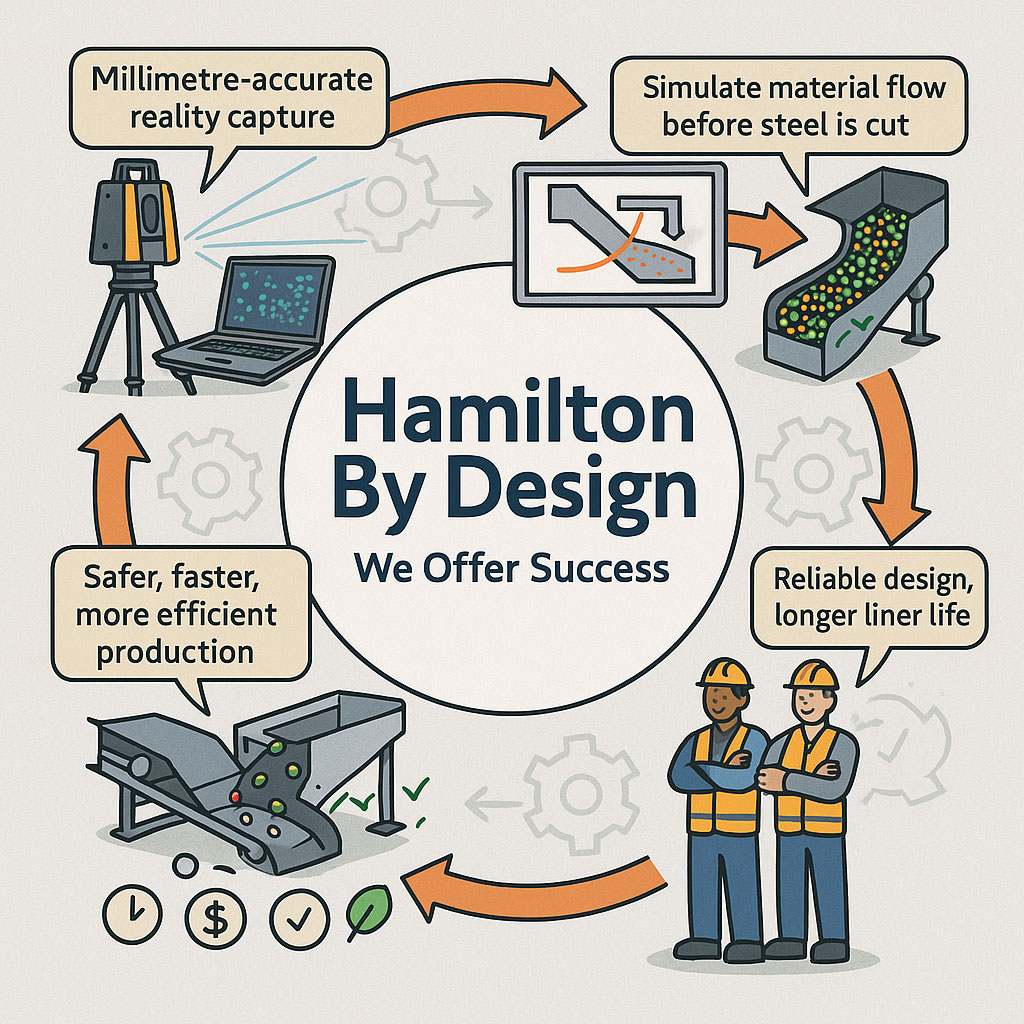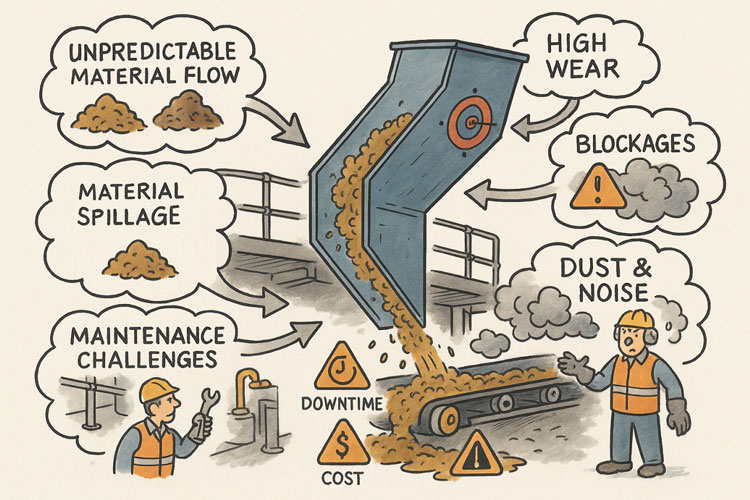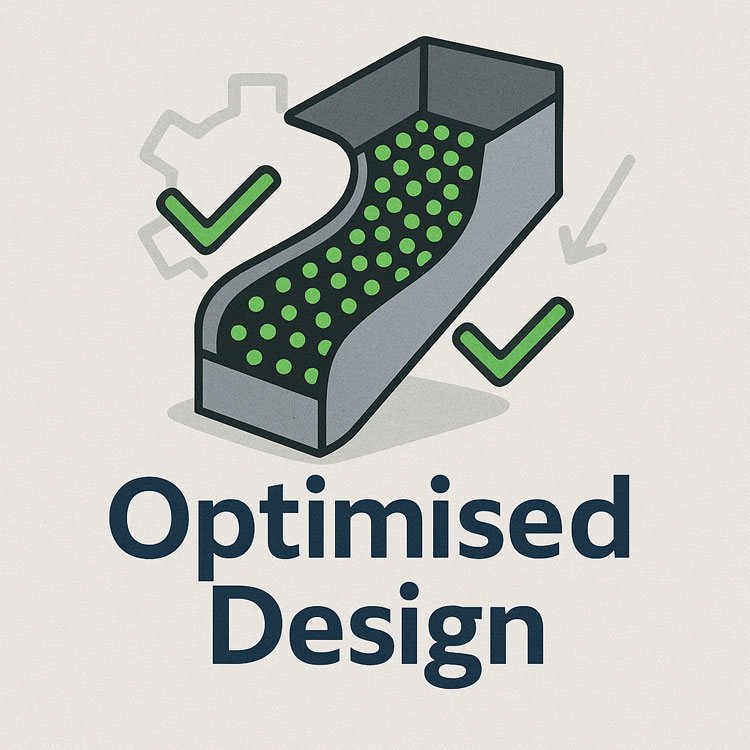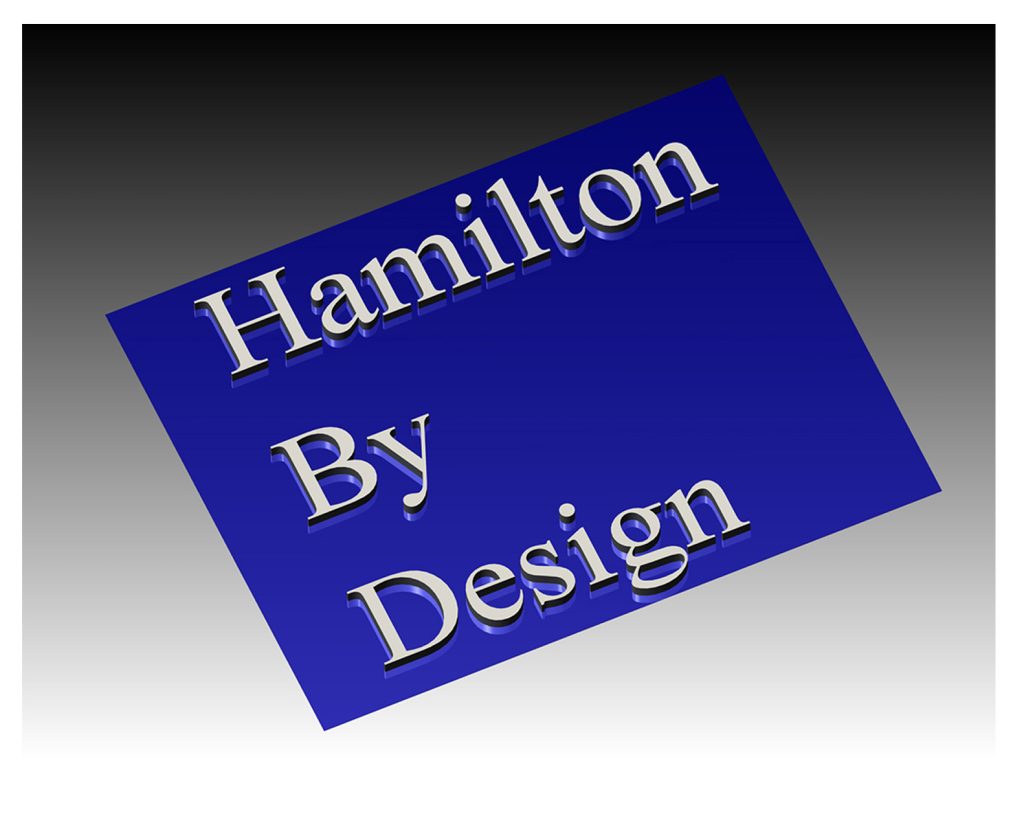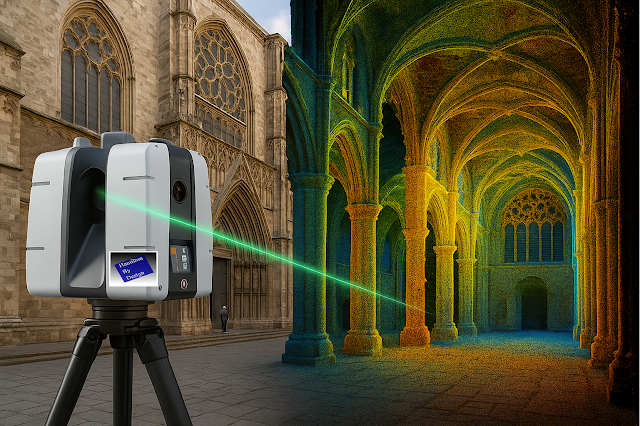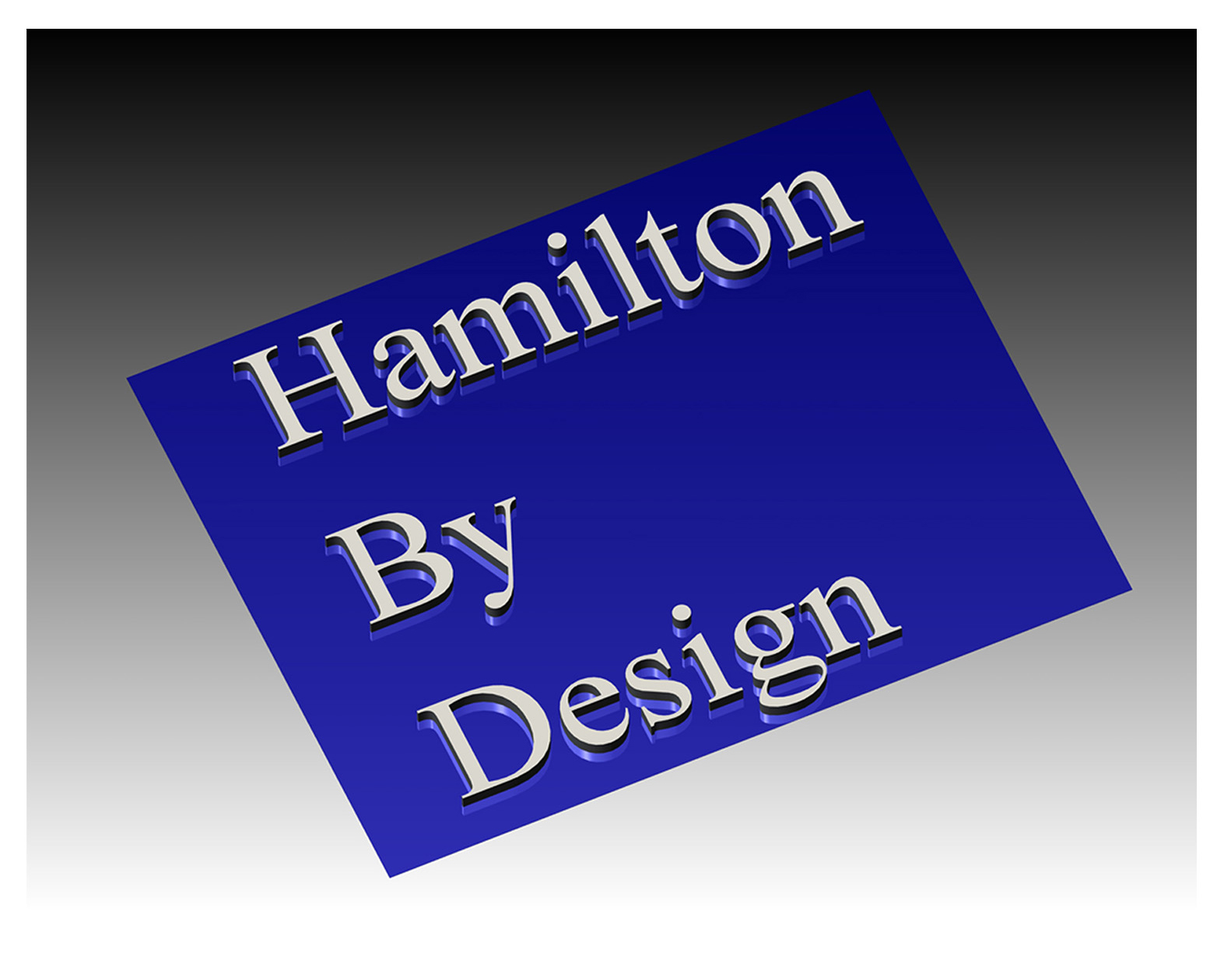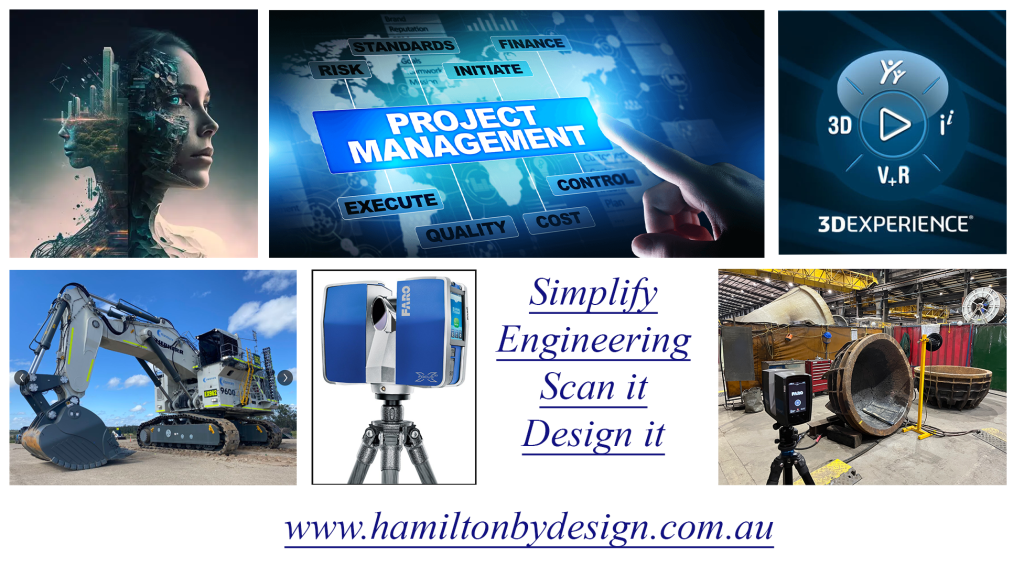Gladstone’s Industrial Powerhouse: How 3D LiDAR Scanning, Engineering & Digital Modelling Are Transforming CQ Projects
Gladstone is unlike any other regional city in Australia. It is a true industrial powerhouse — home to the country’s largest multicommodity port, three LNG mega-plants, major alumina refineries, a huge aluminium smelter, power stations, chemical facilities, cement production and a constant cycle of shutdown and maintenance projects. If you work in engineering, fabrication, construction or heavy industry, Gladstone represents one of the most complex, interesting and opportunity-rich environments in the country.
At Hamilton By Design, we bring engineering-grade 3D LiDAR laser scanning, mechanical and structural engineering, 3D modelling and fabrication-ready drafting to support the precision required in this region. With so many brownfield assets, tight shutdown windows, high-risk environments and complex layouts, Gladstone’s industrial clients rely on accurate data and robust engineering to ensure safe, efficient and reliable project outcomes.
This article explores why Gladstone is such a unique engineering ecosystem — and how modern digital tools are improving plant upgrades, maintenance, fabrication, installation and long-term reliability.
Why Gladstone Is One of Australia’s Most Unique Engineering Environments
Gladstone’s industrial landscape is the result of decades of strategic investment and natural geographic advantages. No other regional city has this density of heavy processing facilities, export terminals and energy infrastructure in one place.
1. A Mega-Scale Industrial Port
The Port of Gladstone is Queensland’s largest multicommodity port, handling:
- coal
- LNG
- alumina
- aluminium
- cement
- bulk chemicals
- mineral products
- general and containerised freight
The port’s footprint includes conveyors, loading towers, wharf structures, pipelines, tanks, gantries and processing equipment — much of which requires ongoing scanning, modelling and engineering to maintain safe, efficient operations.
2. Three LNG Plants on Curtis Island
Gladstone is home to Australia’s only cluster of three major LNG export facilities, each containing:
- pressure vessels
- cryogenic tanks
- kilometres of pipe racks
- modularised process trains
- large structural steel assemblies
- jetties and marine loading arms
This creates unparalleled demand for digital engineering, scanning and verification.
3. A Complete Heavy-Industry Chain
Few cities have such an interconnected set of process plants:
- Queensland Alumina Limited (QAL)
- Rio Tinto Yarwun Alumina Refinery
- Boyne Aluminium Smelter
- NRG and other power facilities
- Cement Australia
Each site requires constant:
- shutdown planning
- precise measurement
- design modifications
- structural integrity checks
- digital as-builts
- engineering documentation
This continuous workload makes Gladstone one of the biggest users of LiDAR scanning and mechanical/structural engineering in Australia.
4. The City Runs on Projects
Gladstone’s industrial sector operates year-round:
- maintenance shutdowns
- brownfield upgrades
- fabrication campaigns
- equipment replacements
- process improvements
Accurate spatial data is not optional — it is essential for avoiding clashes, rework and costly delays.
3D LiDAR Laser Scanning — Reducing Risk in Gladstone’s Complex Industrial Plants
In a brownfield environment like Gladstone, complexity is the norm:
- crowded pipe racks
- confined spaces
- undocumented modifications
- ageing platforms and walkways
- shifting alignment over time
- corrosion and wear
- intricate mechanical layouts
Traditional surveying simply cannot capture enough detail to support safe and efficient upgrades.
That’s why Hamilton By Design delivers engineering-grade 3D LiDAR scanning, capturing entire facilities with millimetre-level accuracy.
Our scanning provides high-resolution digital data for:
- refineries
- smelters
- LNG plants
- conveyors and materials handling
- marine loading facilities
- tanks and pressure systems
- structural steel
- civil and terrain modelling
The result is a precise, true-to-life digital environment used for design, clash detection, structural checks, fabrication planning and QA.
Learn more about our scanning capabilities here:
3D Laser Scanning
For Gladstone, LiDAR scanning means:
- fewer shutdown delays
- safer engineering access
- accurate tie-in points
- reduced rework during installation
- better fabrication accuracy
- confidence in brownfield modifications
In an environment where time = money, this technology is transformative.
3D Modelling & Drafting — Turning Complexity into Clarity
Once the scan data is captured, Hamilton By Design converts it into structured 3D CAD models and fabrication-ready drawings. This process is essential in Gladstone’s industrial context, where upgrades often occur inside densely packed areas with zero room for error.
We deliver:
- SolidWorks models of equipment, structures and layouts
- general arrangement (GA) drawings
- detailed fabrication drawings
- piping/isometric drawings
- platform, handrail and structural packages
- alignment and clearance analysis
- digital QA documentation
For LNG, alumina, port and refinery clients, accurate 3D modelling prevents clashes, supports tender and fabrication packages, and provides a reliable digital reference long after the project is complete.
Mechanical & Structural Engineering for Gladstone’s Heavy Industry
Gladstone’s operating environment requires engineering that is:
- robust
- precise
- compliant
- optimised for reliability
- grounded in real-world site conditions
Hamilton By Design provides mechanical and structural engineering for:
- plant upgrades and retrofits
- conveyor and materials handling systems
- support structures, frames and platforms
- tanks, piping and pressure systems
- fatigue, stress and load assessments
- access and maintenance design
- lifting, mounting and replacement systems
Our engineer-led approach ensures all designs are supported by verified data from LiDAR scanning and validated using modern analysis tools.
Where We Add the Most Value in Gladstone
1. Refinery & Smelter Shutdown Engineering
Scanning + modelling reduces:
- tie-in errors
- mismatch in fabricated steel
- shutdown overruns
- safety risks
2. LNG Plant Modifications & Brownfield Upgrades
LiDAR gives accurate data for:
- pipe rerouting
- structural steel changes
- equipment replacement
- modular installation
3. Port Facilities & Marine Loading Infrastructure
We support:
- conveyor structures
- wharf upgrades
- loadout systems
- marine walkways and assets
4. Fabrication & Workshop Support
Local fabricators benefit from:
- accurate shop drawings
- digital QA
- validated steel cutting
- correct fit-up on first installation
5. Civil & Terrain Modelling
For foundations, tank pads, laydown areas and access roads.
End-to-End Accountability: Scan → Model → Engineer → Draft → Deliver
Gladstone’s project environment involves many contractors — which can lead to miscommunication. Hamilton By Design solves this with a unified workflow:
- 3D LiDAR Scan
- Point Cloud Registration
- 3D CAD Modelling
- Mechanical & Structural Engineering
- Fabrication-Ready Drafting
- Digital QA & Documentation
One team. One process. One accountable source.
Minimal rework. Maximum clarity.
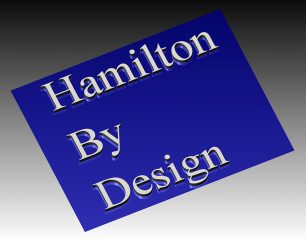
Gladstone’s Future Is Heavy Industry + Digital Precision — And We’re Ready
With rising LNG activity, alumina growth, port expansions, hydrogen projects and ongoing shutdowns, Gladstone is entering a new era of industrial development. Accurate data, digital modelling and strong engineering discipline are no longer optional — they are core to safe, efficient and cost-effective project delivery.
Hamilton By Design is here to support Gladstone with:
- precision 3D LiDAR scanning
- mechanical & structural engineering
- 3D modelling and CAD drafting
- digital project documentation
- fabrication-ready deliverables
Whether you’re planning a shutdown, designing a new structure, upgrading existing systems or documenting a complex brownfield environment, we help you build with confidence.
Our Clients



